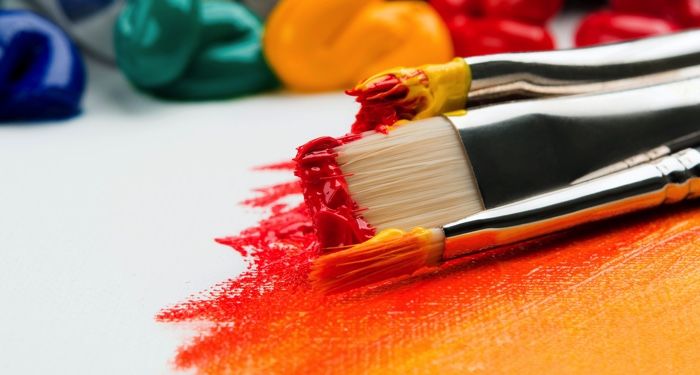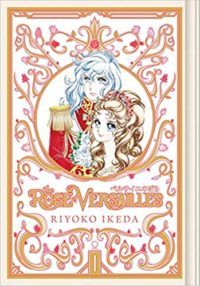
Comics A-Z: The Arts from Politics to Toriten
It’s been a minute since I wrapped up Heroes A–Z and I figured it was time to start another adventure. This time we’ll go alphabetically through the arts, finding a graphic novel or comic that represents a different aspect of that gigantic and intimidating bucket. Ready? Alright, got my oxygen tank on and diving in 3…2…1…
P: Politics
Fault Lines in the Constitution:The Graphic Novel by Cynthia Levinson, Sanford Levinson, and Ally Shwed
Do politics really belong in a post about the arts? Absolutely. Crafting a document upon which a nation will be built? Arguing persuasively in favor of or against a given clause? Interpreting said document 200 plus years later? Oratory and rhetoric are about as far from science as one can roam, as are the political and moral issues the Founding Fathers faced as they drafted the Constitution. If politics were a science, each part of the Constitution could have been tested and proven correct or incorrect via scientific method and the parts that didn’t stand up edited out. As Fault Lines in the Constitution suggests, that powerful but flawed document leaves much room for improvement even today proving its status as not only a living document, but very much an artistic one.
Q: Queens
The Rose of Versailles by Riyoko Ikeda
Some of my favorite historical portraits are those of queens, not only because they reveal the height of fashion in a given era, but because the objects with which they chose to surround themselves or hold in such portraits offer clues as to what women thought was important during a given historical period. I also attended a lecture recently in which a jewelry historian traced the provenance of a necklace and broach recently auctioned at Southeby’s back to Marie Antoinette via photographs and then paintings of its previous owners which was, in a word, rad. The Rose of Versailles is a fascinating look at such elements of the 18th century French court, and Marie herself, through a 20th century Japanese lens.
R: Rainbows
Be Gay, Do Comics: Queer History, Memoir, and Satire – “Freedom, Joy and Power: The History of the Rainbow Flag” by Max Dlabick
How did the rainbow flag come to represent LGBTQIA+ pride? Is there a particular meaning for each of the colors? When was it first displayed and where? How has it changed over the years? Learn about the history of the rainbow flag in Max Dlabick’s contribution to the Nib’s Kickstarter-funded anthology Be Gay, Do Comics. There’s also a quick primer on the flags that have come to represent distinct communities within the greater LGBTQIA+ umbrella over the years.
S: Shakespeare

Prince of Cats by Ron Wimberly
We have this idea of Shakespeare as highbrow stuff, but in his own day? Shakespeare (whoever he, she, or they may have been) was pop culture entertainment and I have to think the Bard(s) would be very much into what Wimberly has done with Romeo and Juliet in Prince of Cats. A neon fever dream of a hip-hop, graffiti, and explosive narrative, this retelling comes at the story from Tybalt’s point of view, demanding the reader consider the consequences of the royal pair’s fuckery for their less influential cousins, the destruction wrought when love makes fools of two but destroys us all.
T: Toriten (Tempura Fried Chicken)
Toritan: Birds of a Feather Vol. 1 by Kotetsuko Yamamoto
Inusaki is a private detective who…mostly takes jobs around the neighborhood to make ends meet. He also has the ability to understand and speak to birds who chatter incessantly and from whom he’d like a bit of peace, at least until he meets a crow he names Kuro whose voice seems oddly familiar. As Inusaki and Kuro spend more time together, Inusaki realizes the crow sounds very much like his landlord’s handsome, popular son Mitsuru with whom he’s also been growing closer.
But it can’t be…can it?
As far as I can tell (and someone please correct me if I’m wrong, this whole theory is based on a lot of Googling and the bonus two-pager at the back) the main title has something to do with tempura fried chicken popular in the region where the story takes place. According to the author, who is a huge fan of birds in general and crows in particular, they are great lovers of junk food, including mayo and fried chicken.
Cooking in general, and frying specifically, are for sure arts. My parents were solid ’80s and ’90s health nuts so I learned both how to cook and how to fry on my own. I’m decent at the former but the latter is…still very much a crap shoot, especially if we’re taking proper deep frying.
My Atlanta-born Nan would be appalled.
Who says the arts aren’t necessary? People who have never done, looked at, or listened to an art, apparently. Can you imagine a world without the arts? I can’t, which is why I’ve chosen it as my next A–Z umbrella topic. If there are any sub-genres you’d like me to highlight, feel free to slide into the conversation @BookRiot on Twitter!





















